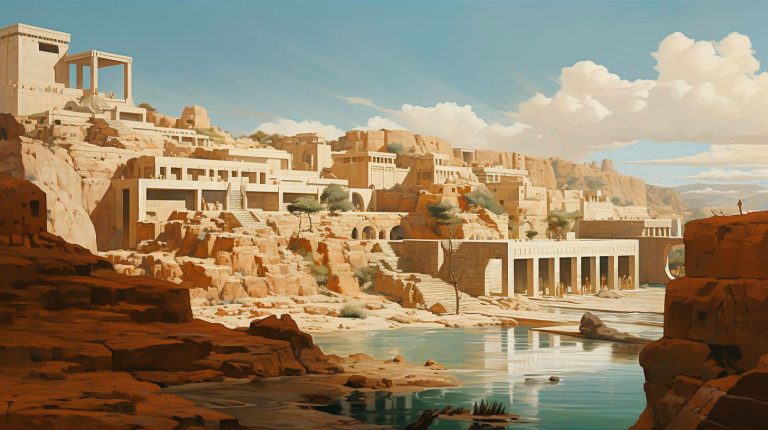The art of celestial time-lapse photography provides a unique perspective on this celestial dance, allowing us to unlock the secrets of the cosmos.
Time-lapse photography involves capturing a series of images over an extended period and then combining them to create a video or animation. By applying this technique to the night sky, photographers and astronomers can showcase the mesmerizing motion of stars, planets, and other celestial objects. This visually stunning approach not only brings the wonders of the universe to life but also offers valuable insights into celestial mechanics.
Capturing the Motion
Creating celestial time-lapse videos is no easy feat. It requires a combination of patience, skill, and sophisticated equipment. Let’s explore the key steps involved in capturing the motion of stars and planets:
- Night-Tracking Mounts: To capture the motion of celestial bodies accurately, photographers rely on specialized tools called night-tracking mounts. These devices compensate for the Earth’s rotation, allowing cameras to follow the apparent movement of the stars and planets. With a night-tracking mount, the camera can capture long-exposure images without any star trailing, resulting in crystal-clear time-lapse videos.
- Multiple Exposures: Time-lapse photography requires taking a sequence of images at regular intervals. Photographers typically set their cameras to automatically capture images continuously. Each photograph reveals the incremental movement of the stars and planets, which are later compiled to showcase the cosmic ballet.
- Long Exposure Techniques: Longer exposure times allow more light to reach the camera’s sensor, resulting in brighter stars and deeper sky colors. By employing long exposure techniques, photographers can create breathtaking time-lapse videos that reveal intricate details of celestial objects and unearthly landscapes.
Unveiling the Cosmic Secrets
Celestial time-lapse photography offers a plethora of advantages for both astronomers and enthusiasts. Let’s delve into the key benefits and takeaways:
- Observing Stellar and Planetary Motions: Time-lapse videos grant us a unique perspective by compressing hours, days, or even years of cosmic motion into a short video. Through this visual representation, we can comprehend the complex movements of stars, planets, and other celestial objects that are imperceptible in real-time observations.
- Studying Astrophysics: By analyzing celestial time-lapse videos, astronomers gain valuable insights into the physics and dynamics of the universe. They can study phenomena such as the orbital paths of planets, star formation, and even cosmic collisions. This knowledge contributes to our understanding of the universe’s evolution and aids future space exploration endeavors.
- Capturing Rare Celestial Events: Celestial time-lapse photography allows us to document rare cosmic events, such as meteor showers, comets, or the passage of the International Space Station across the night sky. These captivating records not only inspire awe but also serve as invaluable references for scientific research and educational purposes.
The Celestial Symphony
When we watch a celestial time-lapse video, it’s not just entertainment; it’s a transformative experience that connects us with the vastness and grandeur of the universe. We witness the celestial symphony, where stars and planets twirl and dance, creating a mesmerizing display of movement and beauty.
Inspiration Beyond Measure
The magic of celestial time-lapse photography lies in its ability to inspire and ignite curiosity about the universe. By unveiling the hidden motions of the night sky, these captivating videos encourage us to ponder the mysteries of our existence and our place in the cosmos.
So the next time you gaze up at the night sky, remember that behind those mesmerizing celestial objects lies a dance of epic proportions, waiting to be unlocked through the art of celestial time-lapse photography.




















+ There are no comments
Add yours